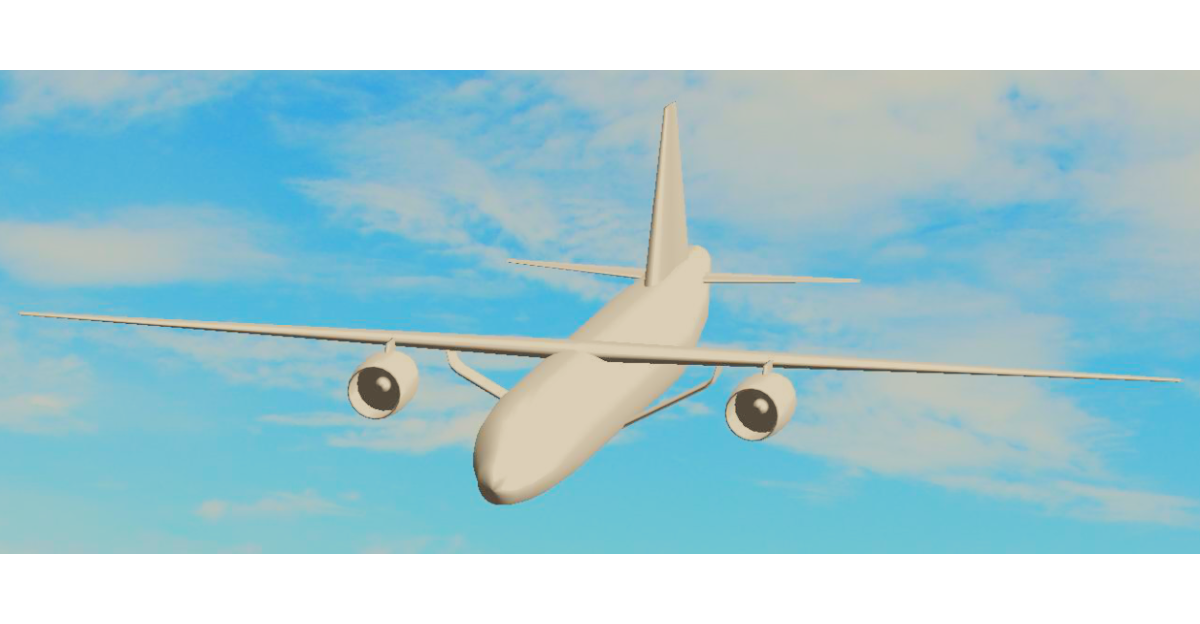
Conceptual Design Optimization of a Strut Braced Wing Aircraft
Master Thesis
Autor: Víctor Julián Sánchez Barreda
Date: 2013-07-12
Supervisor: Dieter Scholz
Abstract
Aircraft design has changed a lot during years. In the beginning everything was done by hand and following a trial and error philosophy. With time, scientific methods and empirical results allowed a great improvement in the field. With the arrival of computers, more complicated calculations were possible, as well as an increase in the accuracy of the existing methods. All these improvements made possible the evaluation and optimization of new configurations for the future. These configurations are expected to show an improvement in aircraft cost, as well as in fuel consumption and respect for the environment, which is what currently our world needs. Some of the new configurations rise as the best potential candidates to achieve this goal. Configurations like the Blended Wing Body and the Box Wing are clear examples of what the future aircraft may look like. The goal of this Thesis is the evaluation of the potential benefit of the Strut Braced Wing configuration for a passenger aircraft comparable in size and range to the Airbus A320. This aircraft is designed following the requirements given by the German Aerospace Center (DLR) in the frame of their Design Challenge, aiming to find the future aircraft. With that purpose, an optimization tool based on Microsoft Office Excel is used (OPerA). Such tool was created at AERO Group, at Hamburg University of Applied Sciences, with the aim of applying formal optimization to aircraft preliminary design. One of the objectives is to test the tool itself and the VBA optimization code implemented in it. Therefore, OPerA is modified in the present Thesis in order to add some features not available in the original code and to improve the calculation. This modified version of OPerA is then used to evaluate different configurations and to choose the most attractive in terms of fuel consumption or Cash Operating Cost (COC). Once the program was ready, a series of calculations are performed, first to evaluate the potential of all possible configurations, and then to observe how far they can go with their improvements. Finally, a new aircraft is proposed. Configuration of this aircraft includes folding high wing (48.6 m span) with engines installed on it, conventional (low) tail and a supporting strut mounted under the wing. Thus, potential savings in fuel consumption of 33.6 % with respect to an optimized airbus A320, and 12.7 % in Cash Operation Cost were obtained. The takeoff mass was reduced as well by 12.7 %, which has a positive effect on the COC and DOC. In addition, an alternative configuration is presented, limited to 36 m span. This alternative airplane has no folding wings, and reaches savings of 5.6 % in COC and 16.2 % in fuel mass. This proves the great benefit of using struts to achieve greater wingspans, and thus SBW becomes an attractive alternative to the classic cantilever wing aircraft.
Download full text
 TextSanchez.pdf
Size: 3.2M
TextSanchez.pdf
Size: 3.2M
URN, the Persistent Identifier (from the German National Library) to quote this Landing Page:
https://nbn-resolving.org/urn:nbn:de:gbv:18302-aero2013-07-12.019 
Entries into
- the German National Library (https://www.dnb.de),
- the Repository of Leibniz University Hannover (https://www.repo.uni-hannover.de) for the DOI,
- and the Internet Archive
will come later.
Associated research data: https://doi.org/10.7910/DVN/xxxxxx

Preliminary design of a strut brace wing aircraft base on the Airbus A320 Top Level Aircraft Requirements (TLARs).
LAST UPDATE: 21 May 2024
AUTHOR: Prof. Dr. Scholz
IMPRESSUM (PDF)

 Prof. Dr. Scholz
Prof. Dr. Scholz
 Aircraft Design and Systems Group (AERO)
Aircraft Design and Systems Group (AERO)
 Aeronautical Engineering
Aeronautical Engineering
 Department of Automotive and Aeronautical Engineering
Department of Automotive and Aeronautical Engineering
 Faculty of Engineering and Computer Science
Faculty of Engineering and Computer Science
 Hamburg University of Applied Sciences
Hamburg University of Applied Sciences


 TextSanchez.pdf
Size: 3.2M
TextSanchez.pdf
Size: 3.2M


 Prof. Dr. Scholz
Prof. Dr. Scholz
 Aircraft Design and Systems Group (AERO)
Aircraft Design and Systems Group (AERO)
 Aeronautical Engineering
Aeronautical Engineering
 Department of Automotive and Aeronautical Engineering
Department of Automotive and Aeronautical Engineering
 Faculty of Engineering and Computer Science
Faculty of Engineering and Computer Science
 Hamburg University of Applied Sciences
Hamburg University of Applied Sciences